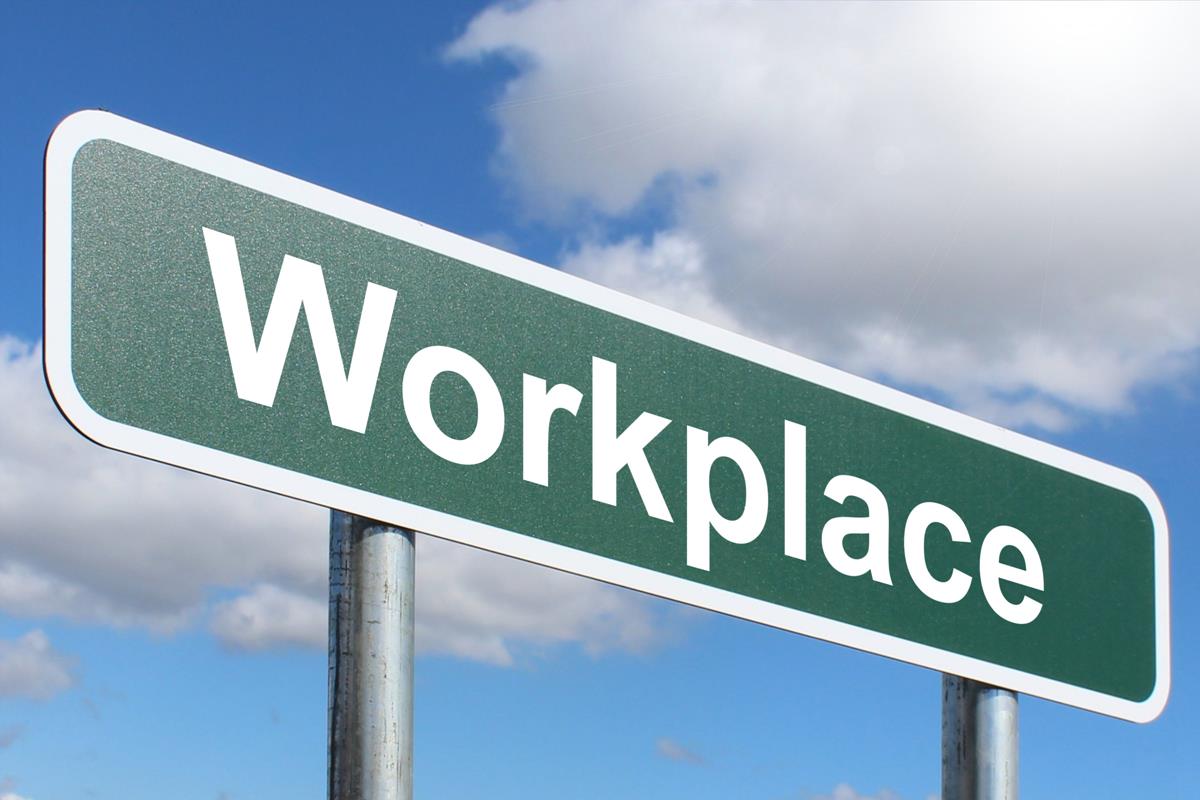More and more businesses are striving towards creating a more productive, high performing and healthy workplace. Research reveals some factors prompting this change:

- The average UK worker is 36% less productive than a German worker and 30% less productive than a French worker on a GDP per hour worked.*1
- 57%* of job hunters are now choosing their next career move based on a company’s workplace environment and culture. *2
Is an office re-design enough to achieve a true workplace transformation? Employee behaviour, business operations and technology are some of the major drivers for workplace transformation. Without careful consideration of these aspects, workplace transformations often fail.
Meet Jane….
Its Monday morning. Jane is at her desk, working through a pile of invoices when she receives an email announcing that how and where she works is about to change as a result of an office re-design. She reads the words “agile”, “relocation” and “change” in bold letters and is jolted straight out of her comfort zone. She is panicking but maintains a calm exterior to save face amongst her colleagues who all seem to be unshaken by the news.
As time passes, she receives very little information and relies on the mutterings of the office.
“It is simply an excuse for cost-cutting!”
“I heard they’re closing this site down next year”
“There won’t be enough space for everyone so they must be planning redundancies”
A few weeks before the change-over, she attends a meeting explaining upcoming events to prepare for the office fit-out. Everyone is told that they must clear their desks and pack their things.
Worry invades Jane’s mind, “What am I going to do with all those invoices? How am I going to sort through the pile in time?”
Her emotions reach boiling point, so she walks up to the Project Manager and begins to release her resistance to the change:
“I won’t be able to work in an open office – it’ll be too noisy”
“My workload hasn’t been considered”
“Am I no longer working in my team?”
“I don’t want to sit in the middle of the room”
“Is this move just to save money?”
“Where am I going to keep all my stuff?”
“What about my chair?”
[SOUND FAMILIAR? THESE ARE ALL REAL CONCERNS THAT WE HAVE HEARD PEOPLE RAISE].
The Project Manager thinks she’s just being “difficult” and after responding to her “irrational”, comments, he avoids her like the plague so that he doesn’t have to face her again.
Finally, the office has been re-designed, everyone is back to business as usual but what happens now? Does Jane use the new space as intended? Does Jane work in a more agile manner? Is she happy? Is she more productive? You can probably make a good guess at the answers to these questions.
All change evokes an emotional response, so it’s important to ensure that the people element of change is considered during workplace transformations. The most effective change strategy is participatory design and implementation. Genuinely engaging users and giving them a sense of ownership over the outcome yields far better results.
For more information on effective change strategies during workplace transformations, please get in contact with us.
Credits:
*1 – Research by the Office for National Statistics – International comparisons of UK productivity (ICP), final estimates: 2016, ONS
*2 – workplaceinsight.net 12/07/2019
